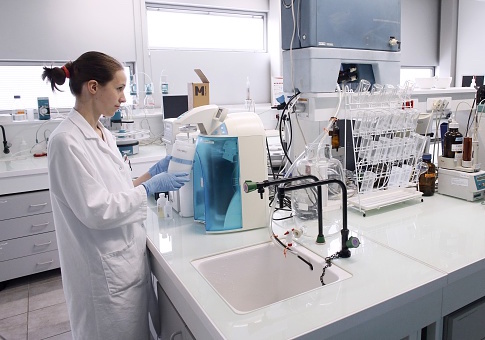The Trump administration debuted its new national STEM education program Tuesday, rolling out a comprehensive interagency strategy supporting a swiftly growing sector of the economy.
Employment in STEM—Science, Technology, Engineering, and Mathematics—fields is expected to grow to more than nine million jobs by 2022, with a faster growth rate than the market as a whole. As of 2015, about 45 percent of the growing stock of STEM jobs were in computing, with a further 19 percent working as engineers. These jobs are attractive thanks in large part to their high pay: STEM jobs command higher median wages than the market, and state and industries both with higher proportions of STEM jobs also had higher median wage levels.
A well-prepared STEM workforce is important not only for the future of the economy, but also for national security. As the United States continues to parry China's efforts to assert itself globally, cybersecurity and information warfare will only become more central to our defense strategy.
In light of this, the new national STEM strategy represents the federal government's stake in ensuring that more American children grow up to enter STEM fields. To achieve this set of goals, the national strategy combines the effort of multiple executive departments, from the Departments of Education to Defense to Agriculture.
The plan outlines three goals: building "strong foundations for STEM literacy;" increasing "diversity, equity, and inclusion" in STEM education; and preparing the STEM workforce "for the future."
These three bullet points address diffuse problems. In an increasingly computerized world, digital literacy has essentially become mandatory, which is why the strategy calls for "ensuring that every American has the opportunity to master basic STEM concepts, including computational thinking." That flows naturally into inclusion concerns—women and people of color are often underrepresented in STEM fields.
"A diverse talent pool of STEM-literate Americans prepared for the jobs of the future will be essential for maintaining the national innovation base that supports key sectors of the economy and for making the scientific discoveries and creating the technologies of the future," the report notes.
Front and center in the strategy is enhanced spending: in 2017, President Donald Trump signed a memorandum instructing the Education Department to allocate at least $200 million of its annual discretionary spending to STEM initiatives. In 2018, it spent $279 million.
Other departments pledge similar spending, such as the $150 million in grants from the Department of Labor to expand apprenticeship opportunities.
Apprenticeships are a key component of the strategy. Alongside the DOL, the Department of Education expects to implement programs to help high school students take apprenticeships in STEM roles. And the Department of Defense will offer 2,000 STEM internships in 60 defense laboratories and facilities, giving students real-life experience at the intersection of tech and national security.
Expanded distance learning—important for incorporating America’s rural learners into its education infrastructure—will also get support. The USDA and NOAA both promised to expand their telepresence programs, supporting farm-region schools and allowing young scientists to remotely explore the world’s oceans.
